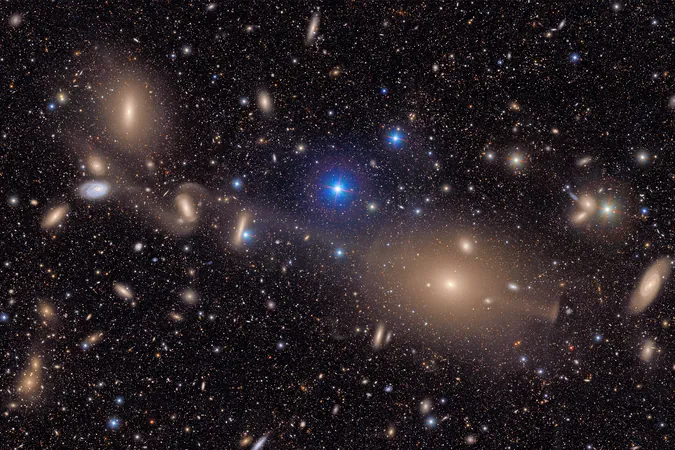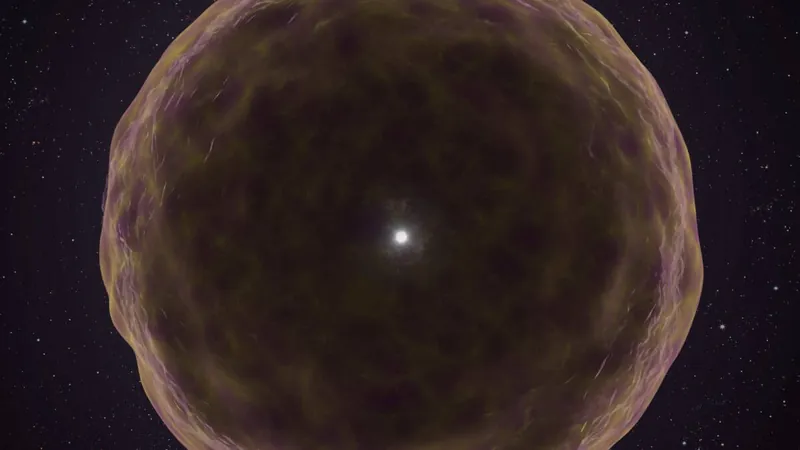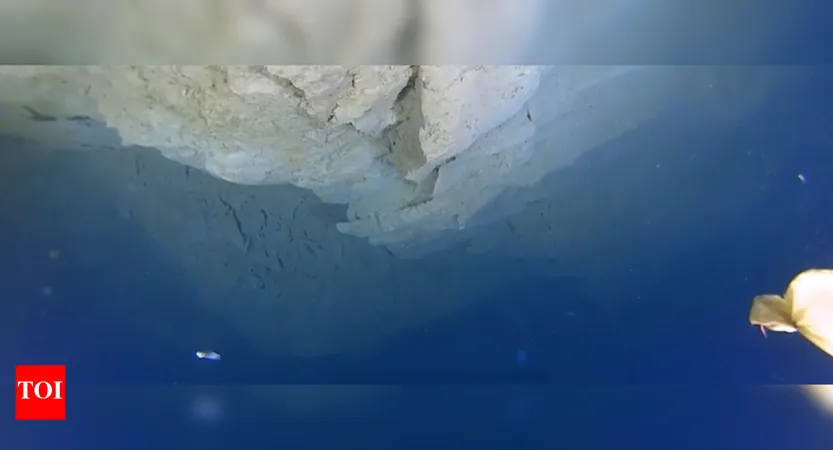
Unveiling the Cosmos: The Mighty LSST Camera
2025-08-29
Author: Olivia
Exploring the Universe's Secrets
The vastness of space is a realm brimming with enigmas, from the cosmic dance of black holes to the elusive nature of dark matter—an invisible substance believed to constitute a major part of the universe. However, astronomers have recently taken a giant leap in how we perceive our celestial neighborhood, thanks to a groundbreaking technology.
Introducing the LSST Camera
Meet the Legacy Survey of Space and Time (LSST) camera, the centerpiece of the Vera C. Rubin Observatory perched atop a mountain in Chile. This colossal camera is integrated with a remarkable 27-foot telescope and is set to revolutionize our understanding of the cosmos.
A Historic Debut
On June 23, the world watched as the Rubin team unveiled the camera's maiden images during a press conference. In just a few short days, the LSST captured stunning visuals of stars, galaxies, and a plethora of previously uncharted asteroids, providing a new lens through which to view the universe.
Ten Years in the Making
The LSST's construction was a decade-long journey steered by project director Željko Ivezi, who proudly heralded it as "the greatest astronomical discovery machine ever built." This powerful imaging device is not only impressive in scale—about the size of a car—but also in capability.
Speed and Precision: A New Realm of Exploration
Margaux Lopez, one of the engineers behind this monumental project, emphasized its unique features. The LSST can snap an astonishing 1,000 images of the night sky every day, a crucial asset given the immense expanse of space. "We can only see a little bit of what’s out there, and everything's really spread out," Lopez explained. "In the first year alone, we will gather more data than all of humanity's telescopes have ever collected combined."
A Glimpse Beyond
The initial findings from the LSST include breathtaking images of two distant nebulas, vast clouds of gas and dust that lie thousands of light-years from Earth—showcasing the camera's incredible reach into the cosmos. With this revolutionary tool at our disposal, the frontier of astronomical discovery just became a lot more exciting.









 Brasil (PT)
Brasil (PT)
 Canada (EN)
Canada (EN)
 Chile (ES)
Chile (ES)
 Česko (CS)
Česko (CS)
 대한민국 (KO)
대한민국 (KO)
 España (ES)
España (ES)
 France (FR)
France (FR)
 Hong Kong (EN)
Hong Kong (EN)
 Italia (IT)
Italia (IT)
 日本 (JA)
日本 (JA)
 Magyarország (HU)
Magyarország (HU)
 Norge (NO)
Norge (NO)
 Polska (PL)
Polska (PL)
 Schweiz (DE)
Schweiz (DE)
 Singapore (EN)
Singapore (EN)
 Sverige (SV)
Sverige (SV)
 Suomi (FI)
Suomi (FI)
 Türkiye (TR)
Türkiye (TR)
 الإمارات العربية المتحدة (AR)
الإمارات العربية المتحدة (AR)